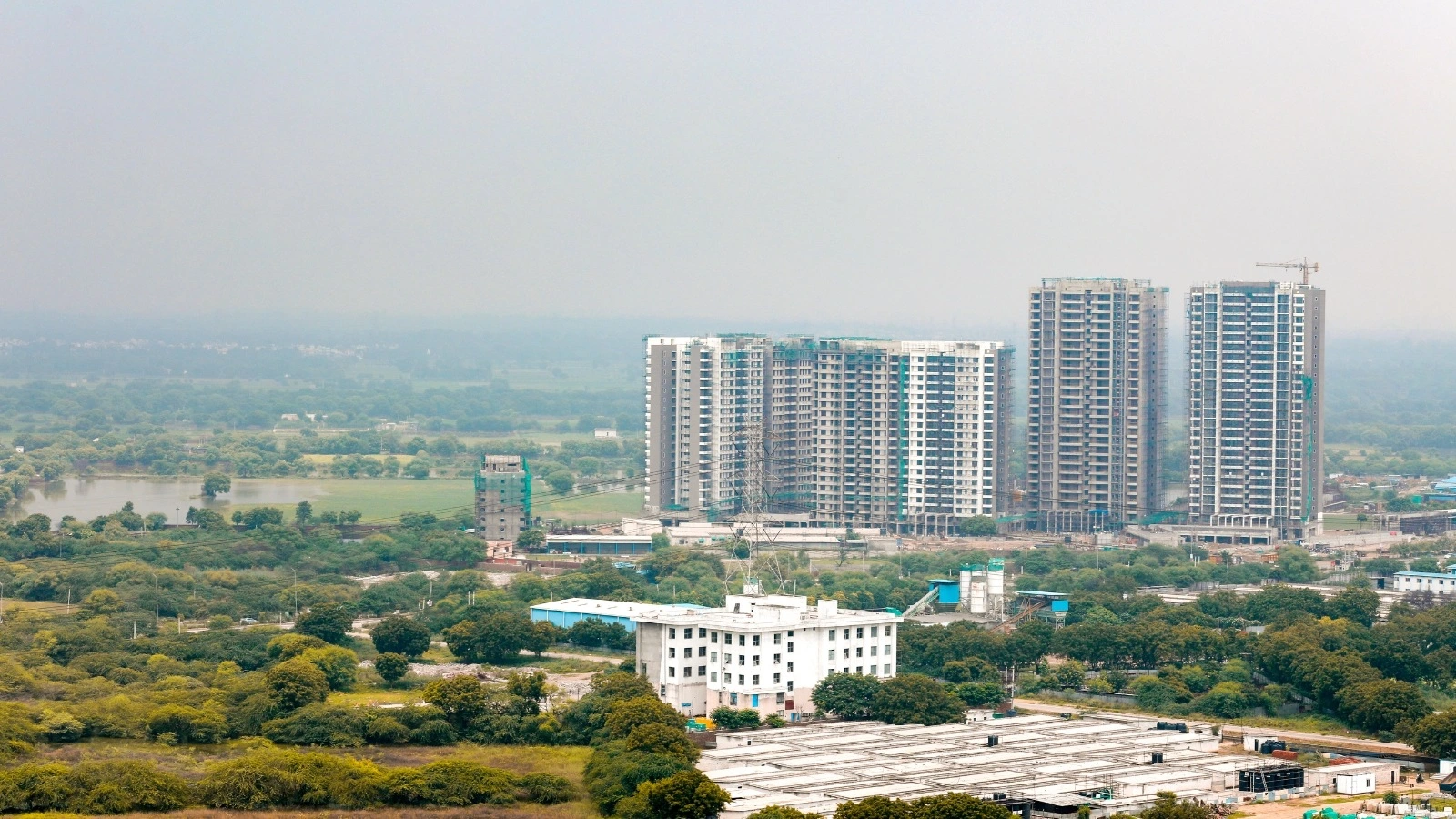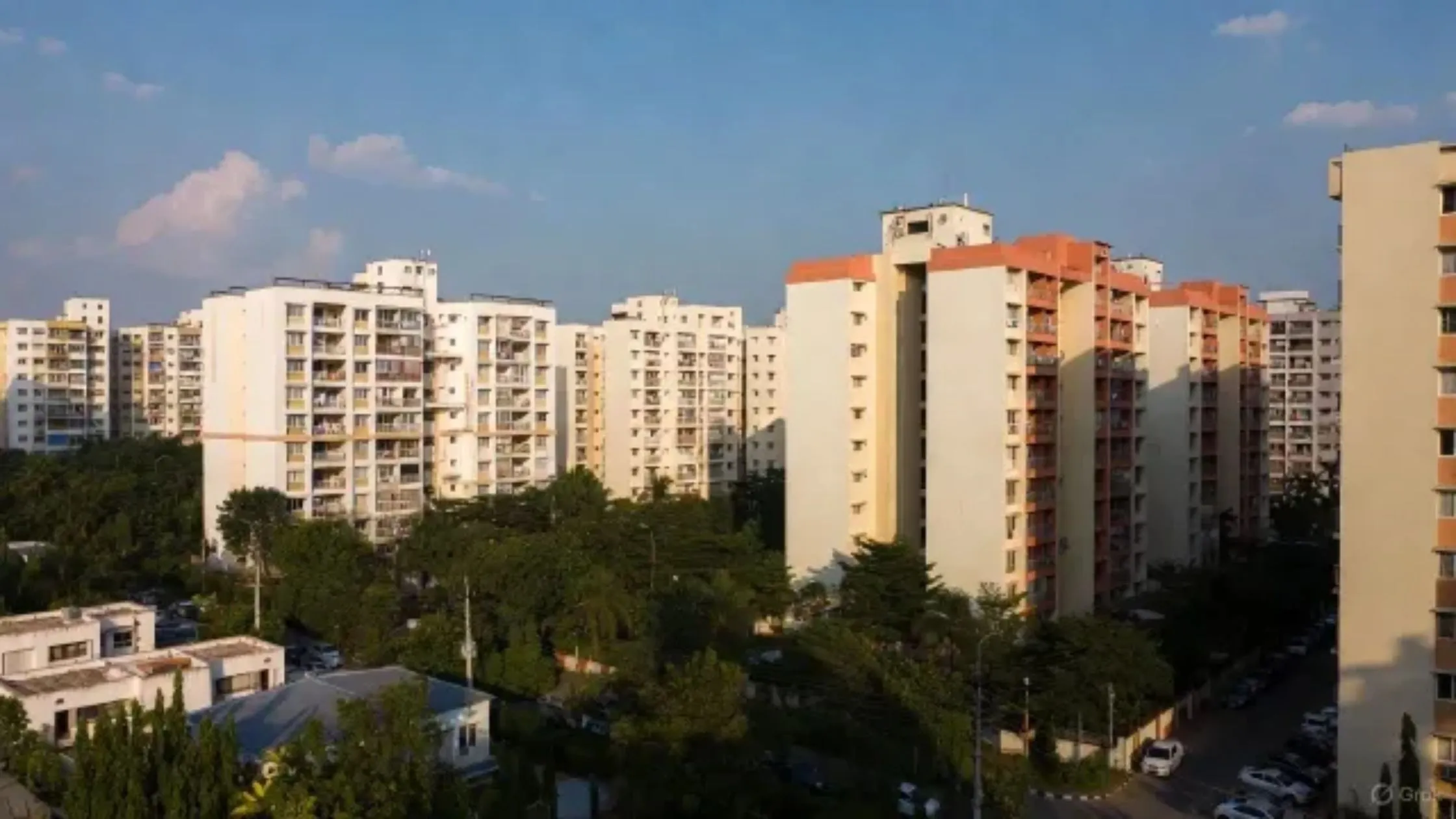Table of Content
The Punjab Cabinet has approved a groundbreaking Punjab Land Pooling Policy, marking a significant step towards planned and sustainable urban development. This policy, designed to empower landowners and foster transparency, has been hailed as one of the most progressive initiatives in the state’s history.
Key Highlights of the Punjab Land Pooling Policy
The Punjab Land Pooling Policy introduces a mechanism aimed at ensuring equitable returns for landowners while promoting planned urbanization. Here are the policy's primary features:
1. Options for Landowners
Under this policy, landowners have three distinct options:
- Transfer to the state government for development.
- Collaborate with private builders.
- Develop the land independently, based on their preferences.
This ensures that participation in the policy is entirely voluntary, addressing concerns about forced acquisition.
2. Specific Returns for Contributed Land
For every acre of land contributed:
- Landowners will receive 1,000 square yards of residential plots.
- An additional 200 square yards of commercial plots in developed areas.
For contributions of nine acres, landowners are entitled to three acres for group housing development, ensuring that one-third of the pooled land is returned.
Also Read: Q1 2025 Housing Sales in Tier 2 Cities Fall 8%, Value Gains 6%
Implementation in Key Urban Centers
The policy will initially roll out across 27 major cities, including urban hubs like Ludhiana, Amritsar, and Jalandhar. This phased implementation aims to address the growing demand for organized urban spaces while setting a template for expansion to other areas in the future.
Addressing Criticism and Concerns
Opposition parties and farmer groups have expressed apprehensions about the government’s intentions, citing concerns over alleged plans to acquire 24,311 acres in Ludhiana. However, Cabinet Minister Aman Arora has categorically refuted these claims, asserting that not even a single yard of land will be forcibly acquired.
Minister Arora also highlighted flaws in past policies that benefited land mafias and vested interests. The Punjab Land Pooling Policy, he stated, prioritizes fairness, transparency, and the interests of landowners.
Benefits of the Punjab Land Pooling Policy
This policy is poised to deliver substantial benefits, including:
- Planned Urban Development: Encouraging well-organized urban spaces with robust infrastructure.
- Equitable Returns for Landowners: Ensuring fair compensation through developed land allocation.
- Sustainable City Growth: Reducing haphazard urbanization and creating modern residential and commercial zones.
- Economic Opportunities: Opening avenues for landowners to capitalize on their contributions through partnerships and self-development.
Comparison with Previous Policies
Critics have long pointed out that prior governments framed policies favoring land mafias and special interest groups. The Punjab Land Pooling Policy aims to rectify these shortcomings by introducing transparency, inclusivity, and a focus on public welfare.
Conclusion
The Punjab Land Pooling Policy represents a forward-thinking approach to urban development, balancing the needs of landowners and the state. By fostering trust, promoting transparency, and ensuring voluntary participation, this policy sets a new benchmark for land pooling initiatives in India. As it rolls out across Punjab, it holds the promise of transforming urban centers into vibrant, well-planned cities, paving the way for sustainable growth and economic prosperity.
Follow AquireAcers Whatsapp Channel to Stay Updated With The Latest Real Estate News





_1765522271.webp)

Ans 1. The Punjab Land Pooling Policy is an initiative to promote planned urban development while ensuring equitable returns for landowners. It allows landowners to contribute land voluntarily for development and receive developed plots in return.
Ans 2. Landowners have three options: Transfer land to the state government for development. Partner with private builders for development. Develop the land independently according to their preferences.
Ans 3. For every acre of land contributed, landowners receive: 1,000 square yards of residential plots. 200 square yards of commercial plots in developed areas. For contributions of nine acres, they are entitled to three acres for group housing development.
Ans 4. No, the policy is entirely voluntary, ensuring landowners are not forced to contribute their land.
Ans 5. The policy will be rolled out in 27 major cities, including Ludhiana, Amritsar, and Jalandhar, with plans for expansion in the future.
Ans 6. Cabinet Minister Aman Arora has emphasized that no land will be forcibly acquired. The policy focuses on voluntary contributions and equitable returns for landowners.
Ans 7. The policy encourages the creation of well-organized urban spaces with robust infrastructure, reducing the prevalence of haphazard and unregulated growth.
Ans 8. Equitable Returns: Developed land is provided in return for contributions. Economic Opportunities: Landowners can partner with developers or self-develop their land. Transparency: Clear guidelines ensure fairness and reduce exploitation by vested interests.
Ans 9. Unlike past policies criticized for benefiting land mafias, the Punjab Land Pooling Policy emphasizes transparency, voluntary participation, and fairness. It seeks to avoid forced acquisitions and promote public welfare.
Ans 10. Some opposition parties and farmer groups have expressed concerns about potential misuse of the policy. However, the government has clarified that the policy prioritizes fairness and voluntary participation.